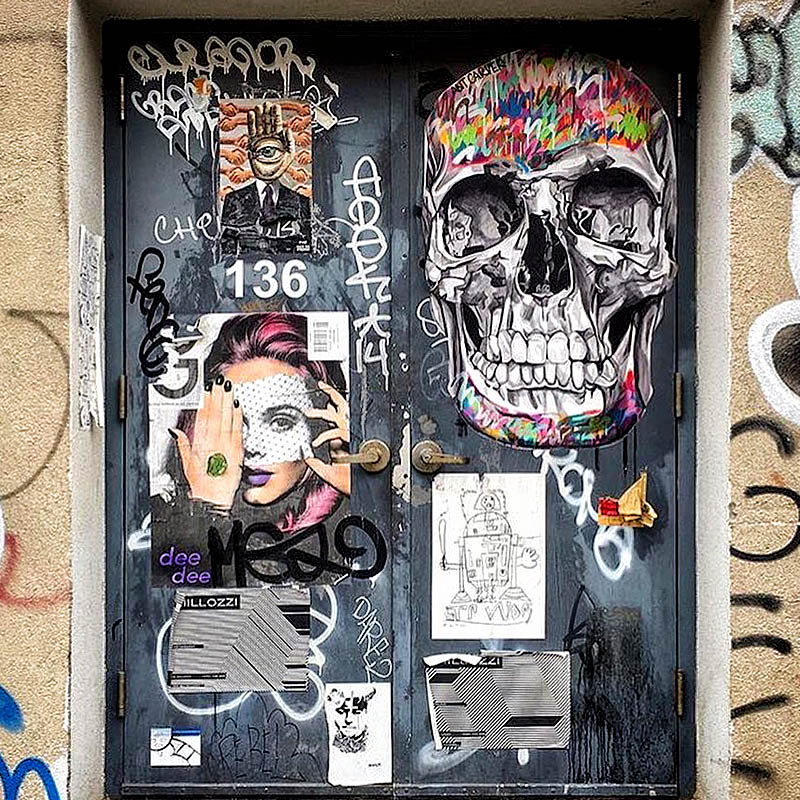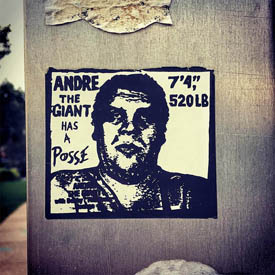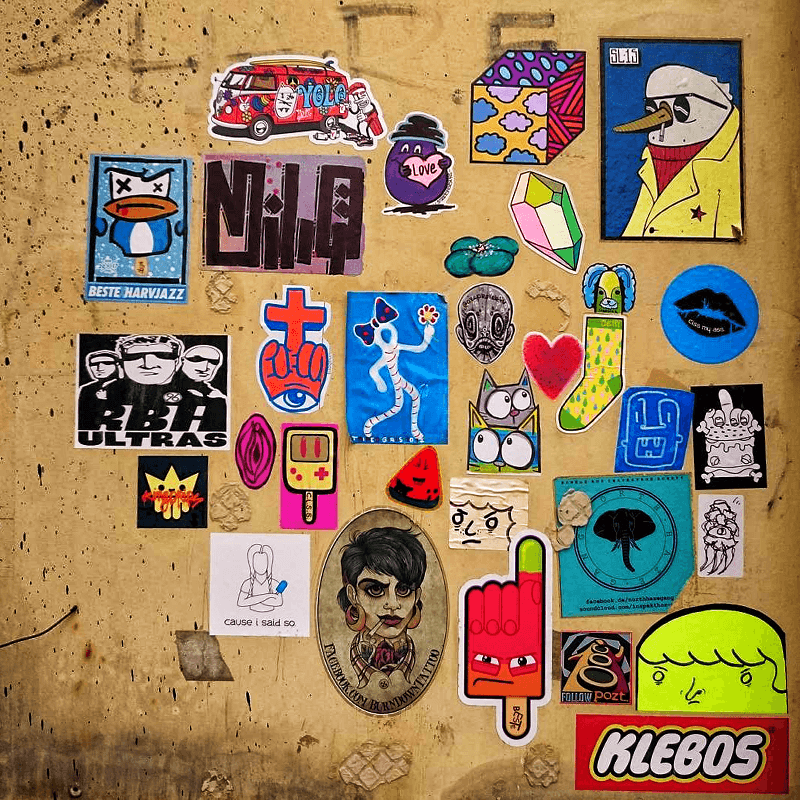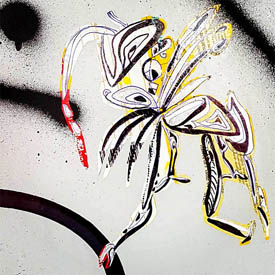Grow your business with the Discover newsletter
Logistics advice & insights straight to your inbox
Subscribe now
Where does graffiti end and street art begin? It’s a tricky question: not all graffiti is street art and not all street art is graffiti. Wherever you draw the line, street art is a medium that takes many forms. Some artists don’t apply paint directly to walls, while others make use of stencils to allow for reproduction or even mass-production. The evolution of urban art into a renowned and increasingly respected art form is a more of a twentieth century affair led by artists such as Banksy.
Street Art History
The techniques often resemble those of Andy Warhol’s Factory and his ‘famous for 15 minutes’ ethos. Street art history is well documented. There are some indications that graffiti can be traced back to Stone Age cave paintings, but records of it exist in ancient Egypt and Rome too. The development of street art, sometimes also referred to as urban art, however, is more of a twentieth century affair.


In the 1960s, graffiti became increasingly prominent in urban areas of the United States. Both political groups used it and criminal gangs alike, either to put slogans on walls or to mark their territories. The 1970s saw the rise of text or ‘tagging’ graffiti in New York City.
In an effort to stand out, the scribbles became increasingly calligraphic. During this time graffiti became closely linked to two creative strands: hip hop culture on the one hand, and pop art on the other.
The latter is probably more significant to breaking down the ‘art’ in street art. Keith Haring and Jean-Michel Basquiat are two of the most prominent figures to combine fine art and pop art with street art. Haring created public murals illegally, like the famous 'Crack is wack' in 1986. Jean-Michel Basquiat was one of two creators of the SAMO© tag before moving on to a more abstract expressionist style and creating art for galleries.

https://www.instagram.com/p/BSG7oRylHOb/
Is Sticker Art Vandalism?
No matter where you go in the world, spray-painting walls is almost universally considered to be an act of vandalism. That has led street artists to find ways to place art in public places in more of a legal ‘grey’ area. One solution is spray paint that is water-soluble and easier to wash off walls, making the art seem more of a temporary occupation than permanent damage.
Another way of avoiding prosecution is painting or printing on paper first and then pasting art on a wall as if it were an advertising poster. This comes with the added benefit that pre-producing an artwork in private and then quickly putting it on display in public reduces the risk of being caught. Pasting walls with illegal posters is often a misdemeanor rather than a crime.
One of the most well known sticker art pieces, 'Andre the Giant has a posse', began being widely circulated in 1986. It was originally created by Shepard Fairey, who went on to create the iconic 'Hope' poster for President Barack Obama. The original 'Andre the Giant' sticker was later modified to become the 'Obey Giant', which was used as the logo of the Obey clothing line.

https://www.instagram.com/p/BXYMmUXggka/
DHL Sticker Graffiti
Using paper also allows for more variation in how images are designed. They can be drawn in markers, painted, sprayed, or printed and then colored by hand. Pre-produced stickers that already come with an adhesive make the process even easier. In Germany, DHL’s parcel shipping labels (known as ‘waybills’) have become particularly popular within the street art community.
The free shipping labels are available in parcel shops and are normally used by customers to address a package for shipping. However, street artists have found they can just as easily pick up these stickers to use in their art. All over the world, shipping labels are gaining value as street art.
A typical sticker is only 14.5 by 10.6 centimeters – roughly the size of a postcard. Artists have been known to combine several stickers to create a bigger canvas.
Sometimes, the characteristic yellow and red patterns of the label are incorporated into the art, meaning the logistics company has involuntarily become part of street art culture. Images of art painted on DHL sticker canvases can be found on Instagram; many under the hashtag #DHLsticker.
Sticker Graffiti Artists

https://www.instagram.com/p/BVpZZEdgyx1/
The artist JellyJumble turns parcel stickers into colorful designs that cover the stickers’ print completely, even though barcodes or logos sometimes still show through. JellyJumble’s 'trademark' design is a one-eyed jellyfish.
Swiss Artist Momotob also uses the red and yellow stickers. For his series of 'Sickos' he even incorporated the original yellow print in one design.
Cologne artist BuriedIdol uses DHL waybills to memorialize deceased artists, including Jimi Hendrix, Johnny Cash and Kurt Cobain. The iconic images are reduced to a stark monochromatic look and then printed on the stickers.

https://www.instagram.com/p/BKFXv0WDxA0/
There are many ways to use the stickers. Artist AnnBee uses the parcel stickers to create a wide variety of artworks, including more abstract black and white paintings or insects, drawn in pen and marker and then cut to shape.
Using social networks like Instagram, artists have been known to arrange international #stickerexchange collaborations. Using the hashtag to get in touch, artists then swap stickers across the globe or work together on joint sticker projects.
By physically mailing the stickers to each other, artists can have their designs displayed around the world, without having to travel very far themselves.
After putting the temporary artworks on display, they are photographed and posted online, with artists tagging each other to share the credit. The practice provides artists with an international platform for their work and a global audience for their stickers – not a bad way to bask in 15 minutes of fame.
Today these stickers are moving from the street into the home, with a rise in ‘decal graffiti’, a type of personalised graffiti, being purchased to decorate bedroom walls instead.